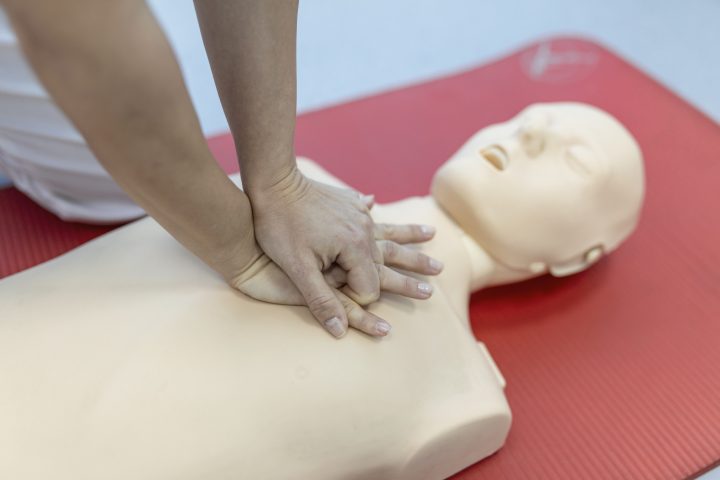When it comes to learning CPR (Cardiopulmonary Resuscitation), watching a video or reading a manual is a great start—but it’s not enough. CPR is a life-saving skill that demands more than just theoretical knowledge. It requires quick thinking, muscle memory, and the confidence to act under pressure. That’s where hands-on practice becomes absolutely essential.
1. Builds Muscle Memory
CPR is a physical skill. Just like riding a bike or playing an instrument, your body needs to learn the motion through repetition. Hands-on practice allows trainees to physically perform chest compressions and rescue breaths on a manikin, reinforcing proper technique and depth of compressions. This muscle memory ensures that when an emergency happens, your body knows what to do—even if your mind is racing.
2. Boosts Confidence in Real-Life Situations
Performing CPR for the first time during a real emergency is terrifying. Many people freeze, unsure of what to do. But when you’ve already practiced the sequence—checking responsiveness, calling for help, starting compressions—you’re far more likely to take action. Hands-on training builds confidence that reading alone can’t provide.
3. Improves Accuracy and Technique
Studies have shown that people often compress too shallowly or too slowly without guidance. During hands-on CPR training, instructors can correct mistakes on the spot. Many CPR courses now use high-tech manikins with real-time feedback to help students adjust their depth, rate, and hand placement in real time. This immediate feedback is crucial for learning effective technique.
4. Encourages Teamwork and Communication
CPR is often a team effort—especially in public places or workplaces. Hands-on sessions allow trainees to practice working with others, delegating tasks, and communicating clearly during high-stress moments. These soft skills can be just as important as compressions themselves.
5. Bridges the Gap Between Theory and Action
You can memorize all the CPR steps, but the true test is applying them under pressure. Hands-on practice transforms abstract knowledge into real-world readiness. It’s what turns a bystander into a rescuer.
Final Thoughts
If you want to be prepared to save a life, hands-on CPR training is not optional—it’s essential. Whether you’re a healthcare professional, a parent, or just someone who wants to help, make sure your training includes actual practice on a manikin. The confidence and competence you gain could one day mean the difference between life and death.


